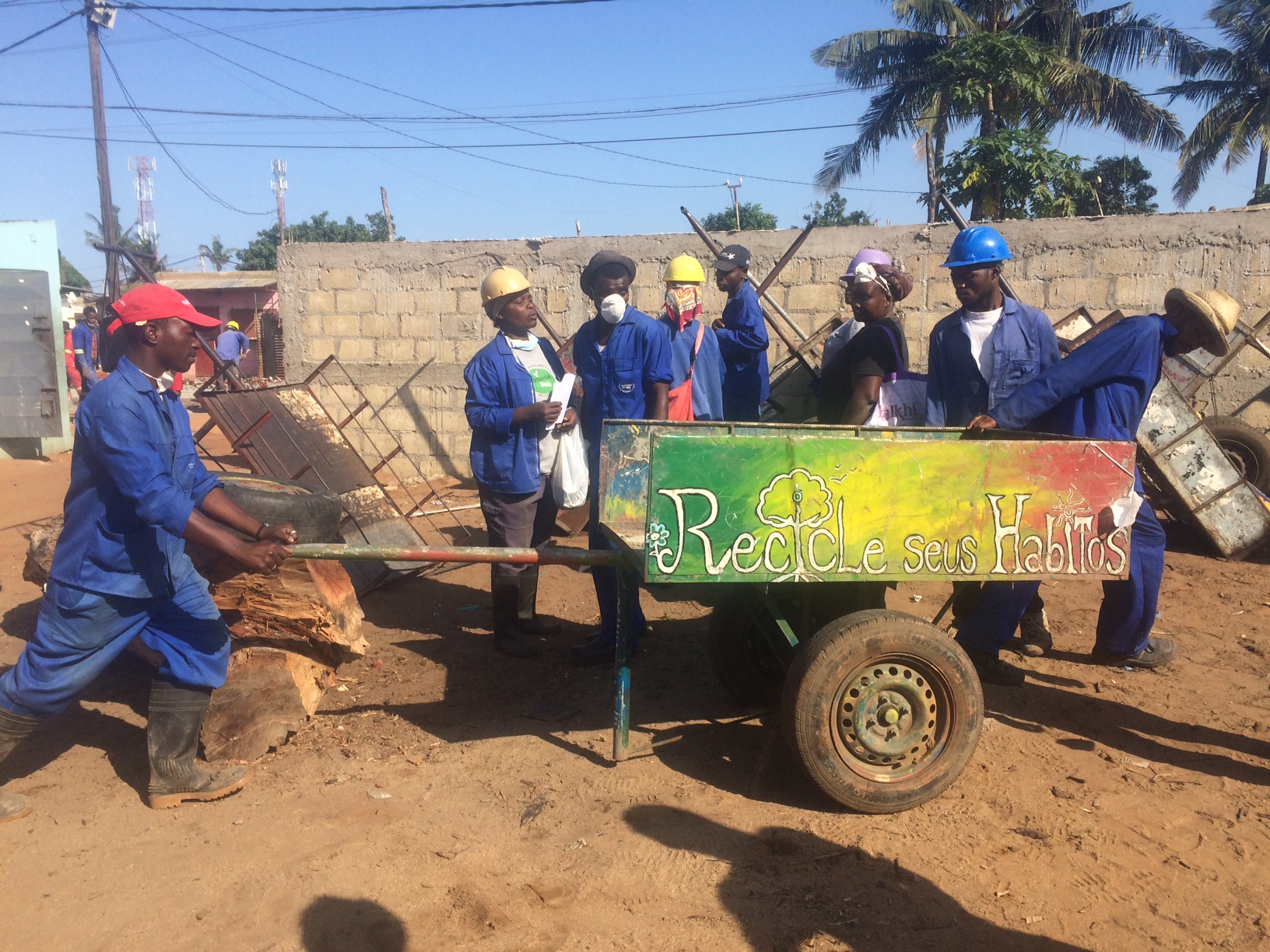
Fostering Resilience through Social Integration and Strong Community Networks
October 1, 2019 — The Big Picture
Today, cities and their inhabitants are facing intensifying challenges as a result of rapid urbanization, growing inequalities, a changing climate, and increasing political instability. We understand that cities need to move beyond the cycle of crisis response, recovery, and status quo rebuilding in order to address the underlying sources of vulnerabilities. Part of breaking this cycle is to empower those urban residents who are more exposed to risk to take action with long-term objectives, and providing them with an environment that will enable them to flourish.
Vulnerability is not equal among all urban residents, with gender, poverty, age, race, and disability all affecting the likelihood of individuals and communities to be negatively impacted by disasters. Previous disasters have revealed that the scale of impact will be greater if an individual or community is facing underlying stresses such as unemployment, informality, and/or a lack of access to basic services. This trend could lead us to think that vulnerable urban residents are simply not resilient but this is a misconception. Vulnerable communities have extensive (often informal) support networks and tested recovery mechanisms owing to the frequency with which they are exposed to risk. The failure often lies in the inability to provide the necessary social protection systems to reduce exposure to risk in the first place, formalize and strengthen informal networks, and seize the opportunity of post-disaster recovery to reduce vulnerability. Poor and marginalized urban communities may continue to become more resilient with every disaster but without the necessary political, economic, and environmental conditions, they have little hope of breaking the vulnerability cycle.
Building more resilient infrastructure saves lives, resources, and the environment. This message has gained widespread support among governments (local, regional, and national), development actors, civil society, and academia. Recognition of the social aspect of resilience is lagging. Without social resilience in cities, inequality becomes more extreme, the urban poor are increasingly isolated from development gains, and the city is inevitably worse off. In urban contexts, resilience must be considered in a systemic and holistic way beyond risk reduction, taking into account the interconnections between shocks, stresses, people, and policies. Social resilience is the human component of urban resilience and refers specifically to the community’s ability to withstand, adapt, and recover to hazards within the city’s political, environmental, and social context. By ensuring a social lens on resilience, any and every individual, regardless of their personal characteristics, will play an active role in making their city resilient and sustainable.
“By ensuring a social lens on resilience, any and every individual, regardless of their personal characteristics, will play an active role in making their city resilient and sustainable.”
Socially resilient cities and their citizens have the coping capacities to deal with and overcome immediate threats; the adaptive capacities to be proactive and act in a preventive manner; and the transformative capacities to make effective use of assets and support from economic, political, and social arenas. The challenge for many marginalized communities to achieving this vision is getting a seat at the table. Poor and marginalized communities often face obstacles such as informality, illiteracy, or irregular statuses that excludes them from resilience initiatives and/or decision making. Consequently, resilience actions do not reach them or are not tailored to their realities.
UN-Habitat’s recent collaboration with the municipality of Maputo, Mozambique, demonstrated the power of wider participation and engagement between local government and communities to foster resilient action and inclusive city planning. In 2017, the municipality of Maputo partnered with UN-Habitat’s resilience experts to implement the City Resilience Profiling Tool, a process developed with more than 20 local governments, and shaped by UN-Habitat’s extensive expertise on urban issues. Together, the team collected data and analysed Maputo’s level of resilience. The analysis included informal areas of the city and gathered data from the civil society organization operating there. The findings revealed that Maputo’s rapid and unregulated urbanization, and the resulting informal settlements were the top stress factor, compromising the entire city’s capacity to build resilience and often resulting in exacerbated or cascading disasters. The analysis also identified projects that were successfully addressing this issue and, if up-scaled, could have a major impact on increasing social and urban resilience in the city. The local government’s engagement in this process is a positive step towards creating a more supportive environment for those in informal situations to be heard.
Building on this experience and the lessons learned working with cities across the globe, UN-Habitat developed the Social Resilience Enhancer to help all local governments understand and take action to increase social resilience in their cities. This tool is one of the few resources developed today that focuses on the issue of social resilience and provides practical indicators that cities can use to conduct a preliminary analysis.
Understanding the city from a human perspective means considering the human needs, together with the economic, technical, and environmental imperatives as a joint focus of policy and governance arrangements in the city. This is the essential point to ensure that no one is left behind.